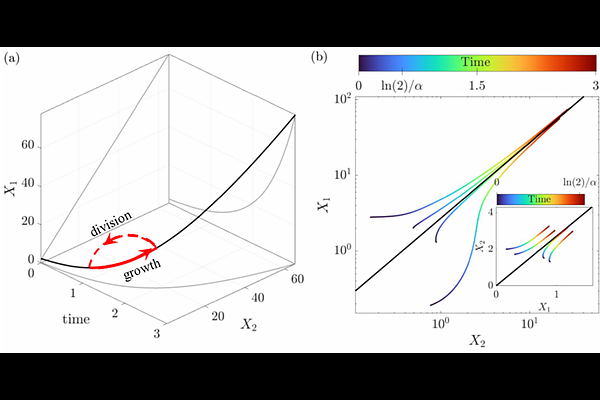Emergent Homeostasis and Degeneracy from multi-Dimensional Attractors

Emergent Homeostasis and Degeneracy from multi-Dimensional Attractors
Salman, H.; Biswas, K.; Brenner, N.
AbstractBiological systems maintain homeostasis, ensuring stability in the face of internal and external perturbations and counteracting stochastic noise. Traditionally, this is understood through the lens of control mechanisms designed to offset deviations and maintain certain quantities near functionally desired set-points. Here, we propose an alternative perspective to understand homeostasis: the dynamic perspective, in which homeostasis emerges from high-dimensional interactions creating stable attractors in the phase space. These multi-dimensional attractor manifolds can constrain all components collectively, eliminating the need for explicit control of individual variables. The presence of null directions on an attractor allows for degenerate states that can add flexibility while preserving functionality. Using single cell growth and division homeostasis as a test case, we develop and support our perspective by models and meta-analysis of numerous single-cell datasets across organisms and conditions. Importantly, we do not reject the control-theory perspective but rather suggest that control circuit models can be seen as low-dimensional projections of a more complex, multi-dimensional system.